

Small Upgrades to Transform Your Outdoors
Read More ›
Blog
Give your turf the boost it needs this fall
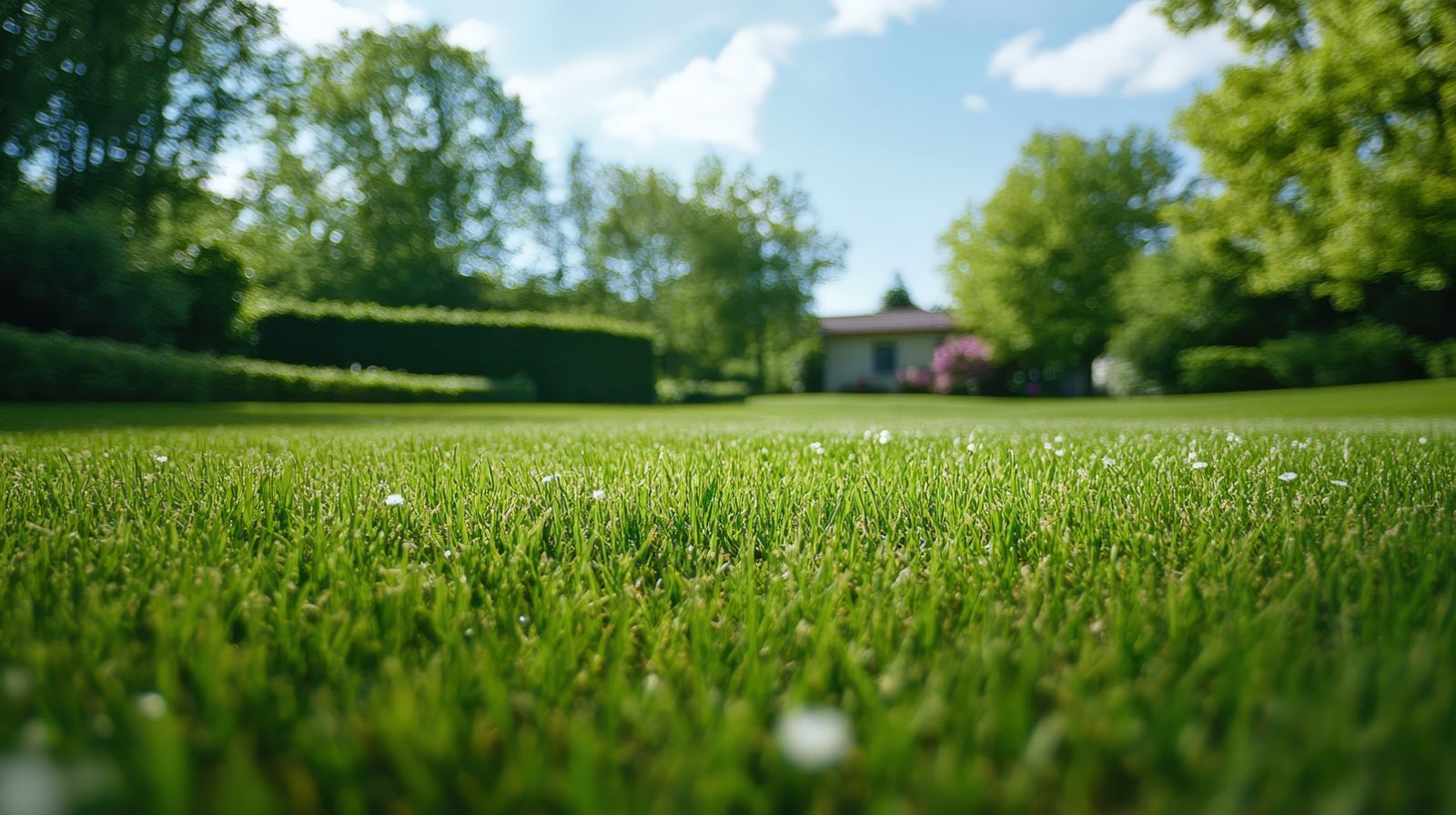
Even lawns that are tended to regularly can struggle, which is why we include Fall Lawn Recovery in our Lawn Care program. Fall is absolutely the best time to give your lawn a little extra TLC to give it the boost it needs to survive the winter’s chill and emerge lush and healthy in the spring.
In this post, we’ll go over the key components in the Fall Lawn Recovery service, why your lawn needs it and how to spot signs of stress. Follow this advice, and you’ll have a lawn you can be proud of. Read on!
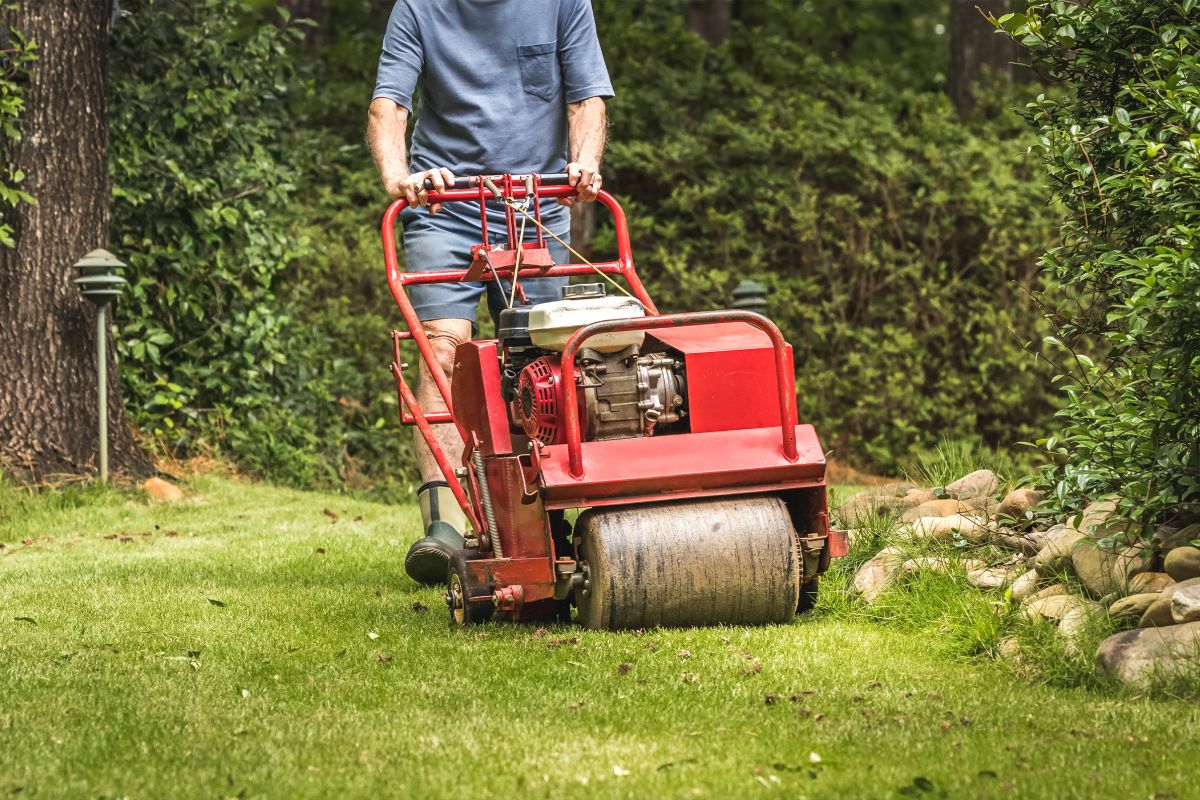
Even healthy lawns benefit from a boost in the fall. While your lawn may appear healthy on the surface, it can still benefit from a more robust care regimen, specifically the three components of our Fall Lawn Recovery service — aeration, overseeding and fertilization.
Even in healthy lawns, the soil can become compacted over time due to factors like foot traffic, heavy equipment or natural settling. Aeration alleviates compaction, which has many benefits for your lawn:
The development of a healthy root system leads to more resilient grass that is better equipped to handle stressors such as drought, pests and disease.
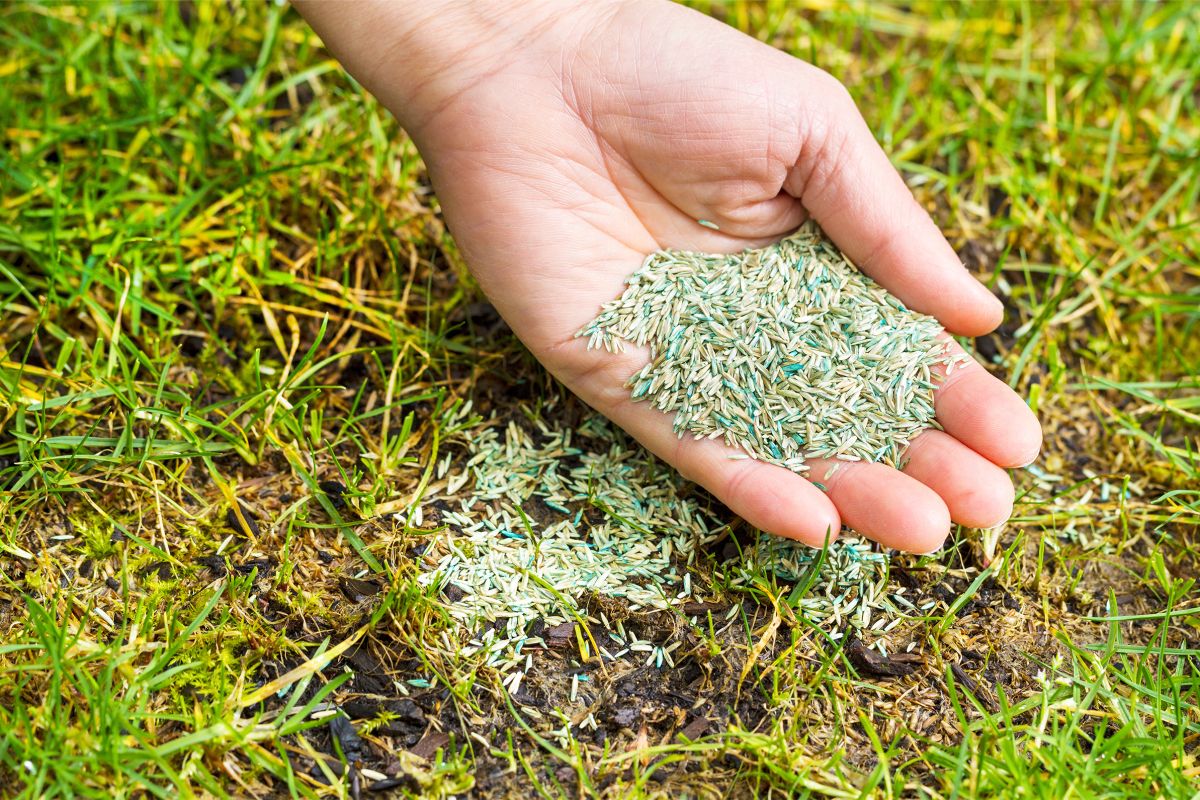
By overseeding your lawn in the fall, you can promote a healthier, greener lawn — one that is equipped to handle Northern Virginia’s specific climate challenges and maintain its vitality throughout the year. Getting into the habit of regularly overseeding your lawn has numerous benefits:
When overseeding your lawn, we recommend applying composted top-dressing at the same time. To top-dress, add a half-inch layer of composted soil over your lawn to enrich the soil during the seeding process. Top-dressing helps in many ways:
To DIY, refer to our posts, “How to Aerate and Overseed Your Lawn” and “Top-Dress Your Lawn in Seven Easy Steps”.
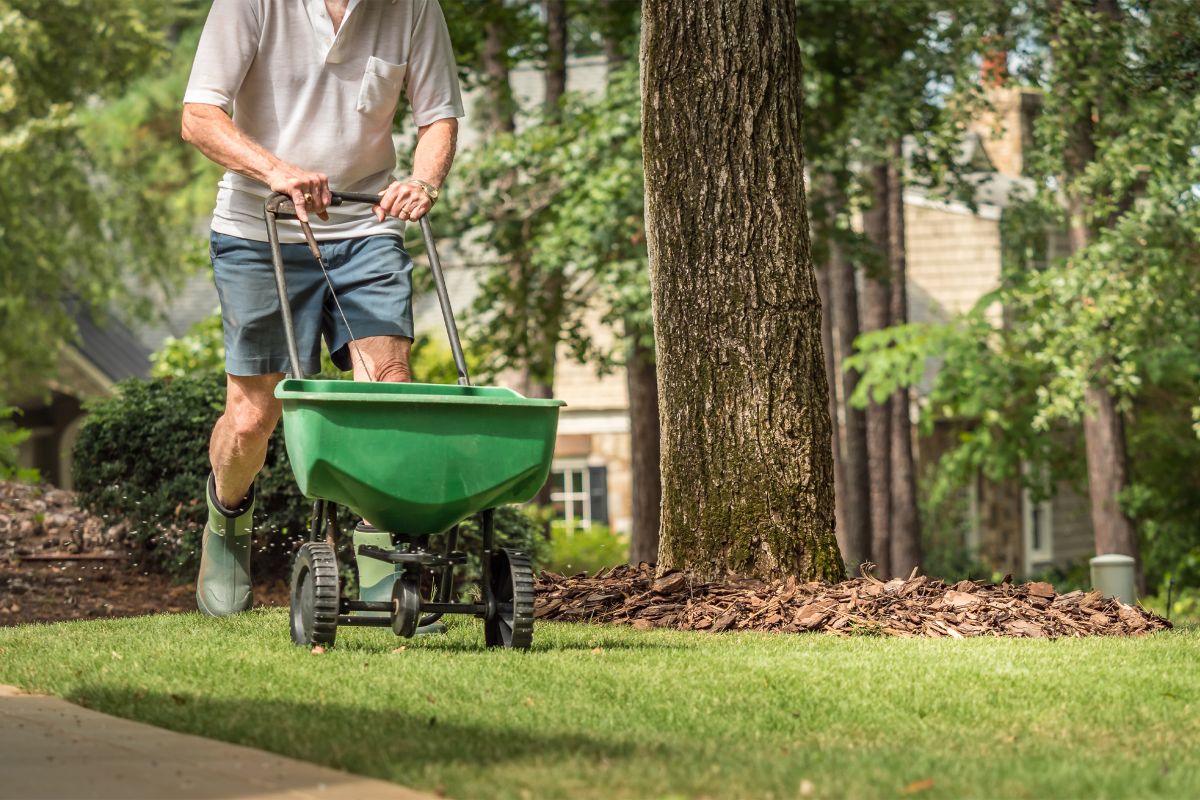
Fertilizing in the fall provides your lawn with the nutrients it needs during the winter months when it goes dormant. When feeding your lawn in the fall, choose a fertilizer specifically formulated for fall application, since they typically have a higher potassium content, which promotes root growth and cold tolerance.
For more information about fertilization, refer to our posts “The Best Time to Seed and Fertilize Your Lawn in Virginia” and “How (And When) To Fertilize Your Lawn” or contact our lawn care services team.
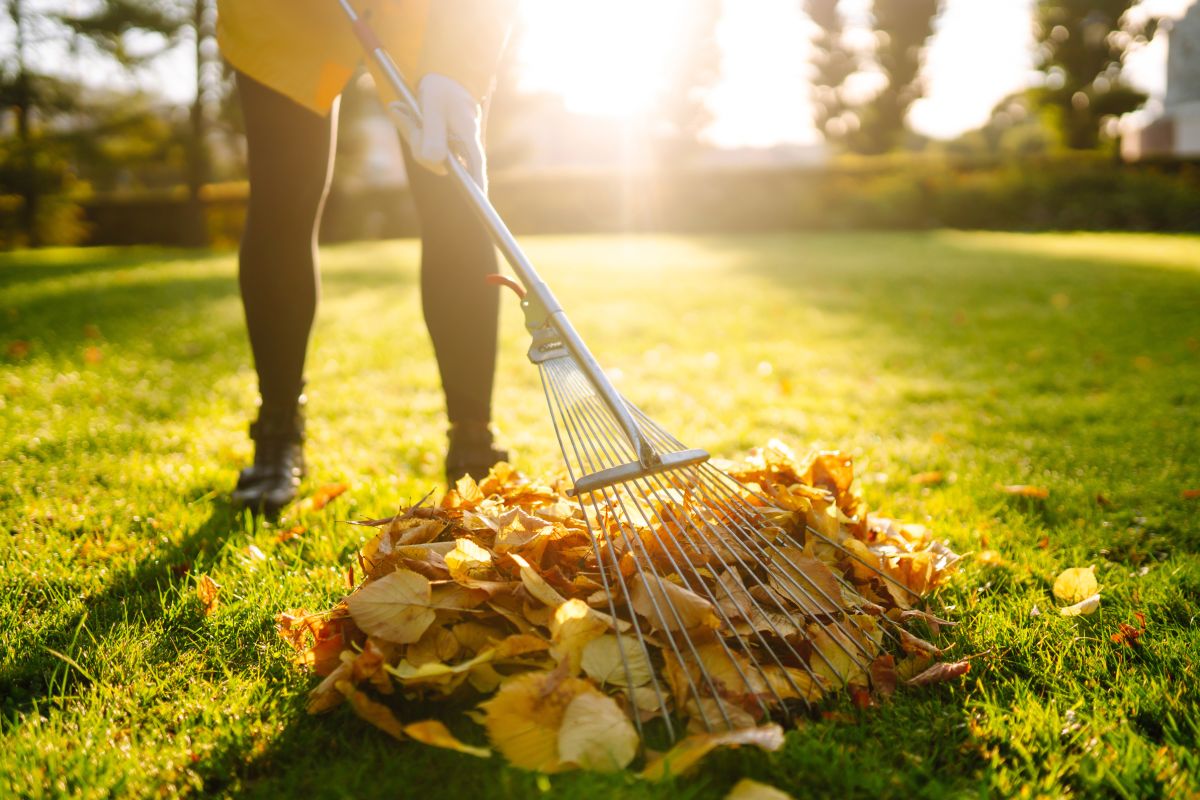
Fall is an ideal time to address any damage your lawn may have sustained during the hot summer months, allowing for recovery before winter sets in.
Watch for signs that your lawn could benefit from a more robust lawn care routine, such as compacted soil, bare or thinning patches in your lawn, puddles or standing water after heavy rain, excessive thatch, yellowing grass, slow growth, or a weed invasion.
By recognizing these signs and addressing them with aeration, overseeding, and fertilizing in the fall, you can help rejuvenate your lawn and set it up for healthy growth in the coming seasons.
For all your lawn care questions, feel free to contact us. We’re here to help you enjoy your yard!
Written by Brandon Rushing, Founder & President
Posted on: September 12th, 2024